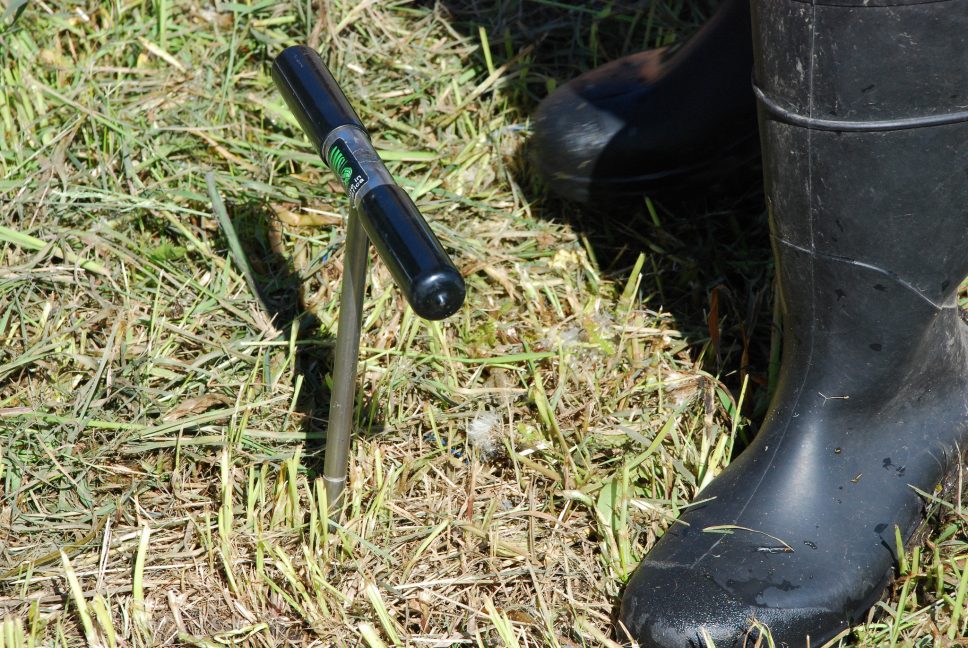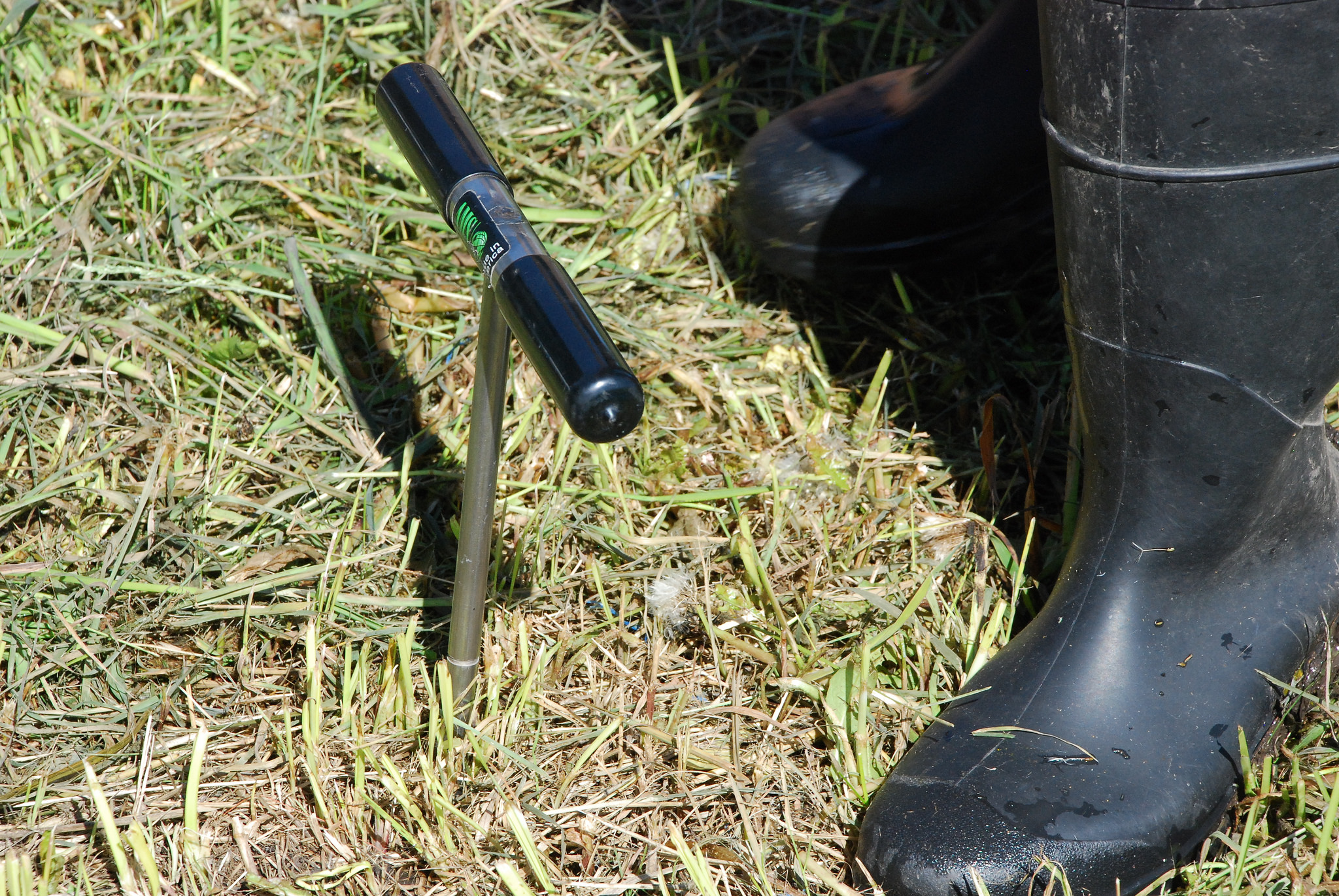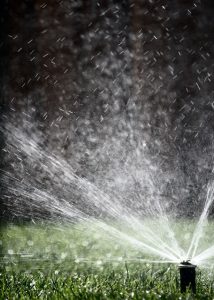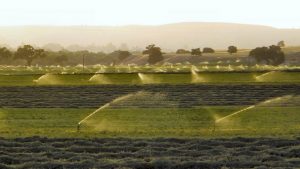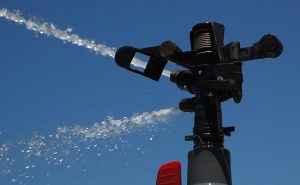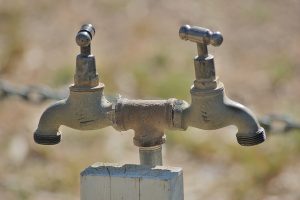After a long run, what is the best thing you can do for your body? When you have just eaten a lot of salt, what is the best thing you can do? Water is one of the most essential parts of our lives, whether we are using it to make ourselves feel “right” again or just to keep ourselves healthy. All living things need water – including trees.
Have you become aware about the current tree care trend, deep watering? It is a query that pops up more and more as we get near the summer season. This isn’t really a modern concept, but it has popped up on online sites like Facebook and Pinterest, so lots of people want to know more about it. Deep watering, or deep root watering, gives your tree the kind of watering that it really needs, especially during the course of the summer months when it is very hot and Mother Nature doesn’t produce on the rain.
These are the times when your trees are withered and are presenting signs that they could possibly need some help, but you can’t necessarily understand them. By the time you can look at them, it is often too late and you have to do something more than merely water them.
Still there are a couple of things you need to grasp about deep watering right before you do it.
4. Use a Soaker For Much Easier Watering
- Effective for people who aren’t home all the time
- Can be DIY ‘d by certain people
- Do not over water with this procedure
Don’t like to be out in the sweltry sunlight all the time? You aren’t alone, and that is why there are so many products for ways to water your backyards and lawn that don’t require you to stand outside for too long. If this sounds like you, you might want to invest in a soaker hose or soaker system. A soaker hose is basically an addition to your classic garden hose. This addition has openings every so often, holes that are smaller in size than a hose entrance, but still sizable enough to let out water. Once you install this onto your hose, you can then situate it throughout your landscaping and arrange it where you need it to be. This works quite well, but, according to the DIY Network, you can make your own so you get definite authority of where the water goes.
These still use a bit of water, but they are considered to be better than the standard sprinkler systems because they put the water exactly where it needs to be, not up into the atmosphere in the first place.
This type of system is fantastic for people who don’t or can’t take care of their yards, people who are frequently away from their properties, and those who merely have too much to keep up with when it comes to taking care of their yards.
3. How Deep The Water Goes
- The roots obtain the water, not the leaves
- 12″ to 18″ deep, depending on the tree
- Some plants might not really need it that deep, some require deeper
When you water your plants recurrently, you undoubtedly allow your hose to sprinkle some water onto the leaves of your plants and the soil all over the plants. Nevertheless, most plants don’t have leaves or stems that can soak up the water. Alternatively, it has to make its way into the dirt and ultimately get to the root system.
The predicament is that, when it is sweltering outside, the water evaporates almost instantly and ends up not getting to the plants. According to Slate, this is why a large number of plants and trees still die, even if you have already watered them often. It is also why people think they are overwatering their plants.
The reality is that they aren’t watering them carefully. Deep watering goes deeper into the soil so that the roots get the water.
2. Trees and Shrubs Need Deep Watering
- Tree branches tend to go deep
- They will also spread far and wide around the tree
- Trees are the most sensitive in a drought
According to the Morton Arboretum, “There is no reason to water the leaves of a plant. Water the soil, where the roots are. The Arboretum recommends watering within the drip line of a tree, from the trunk out to the end of the branches, to reach the roots most effectively. The water-absorbing roots are within the top two feet of soil; you want to keep these roots moist but not wet.”
This is why it is so crucial to deep water your plants and shrubs. These are some of the most prone parts of your yard and they also tend to be the toughest to water. They are probably the ones that need the most water too, because their deep roots often don’t get the water that you do use– plants and weeds will get it first. During the driest part of the summer, they are particularly at risk.
You don’t want to totally soak the ground so that the dirt starts to move, but you do want to do some deep watering.
1. Deep Watering Isn’t Right For All Trees
- Deep watering won’t work for plants with shallower roots
- Most won’t be harmed by it either
- Beneficial for annuals and bigger plants
One popular oversight that people make is that they strongly believe that deep watering will work for all of the plants in their yard– this isn’t right. In fact, perennials and vegetables don’t need deep watering because they do not have roots that go too deep into the earth, according to Gardeners. Instead, their root systems are closer to the top. You will want to spend maybe a couple seconds more over them with the hose, but you don’t actually need to look into deep watering at all.
As always, you want to look at your plants to see if there are symptoms of over watering or under watering. In fact, the best technique here is to hand water your perennials and vegetables so that you know exactly how much water they are getting at any given time.
At times, it can seem frivolous to think so much about watering your trees. Nonetheless, they do need it and you have a duty to take care of them.
Need tree care in Virginia Beach? The team at Sun Valley Tree Experts is here for you – we can help you with any tree-related questions or concerns that you have, including watering your trees. With years of experience in helping trees grow in the Virginia area, we are the local experts for any problems that you may have. Call for a free estimate today: (757) 496-8733

